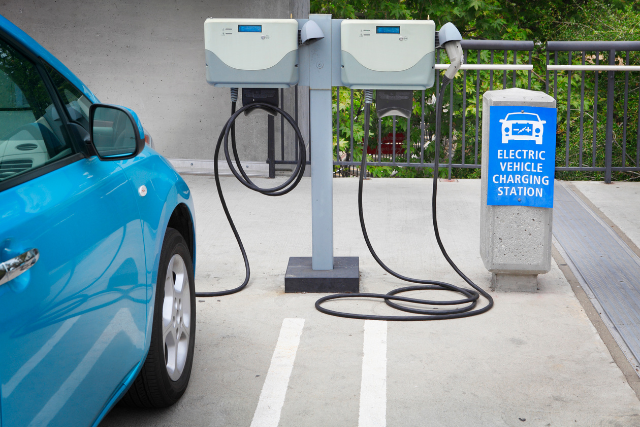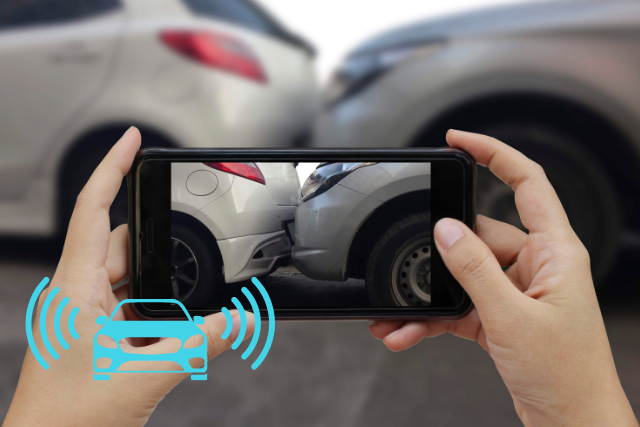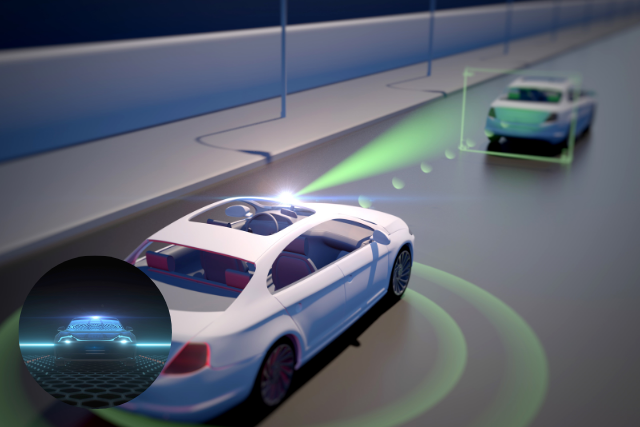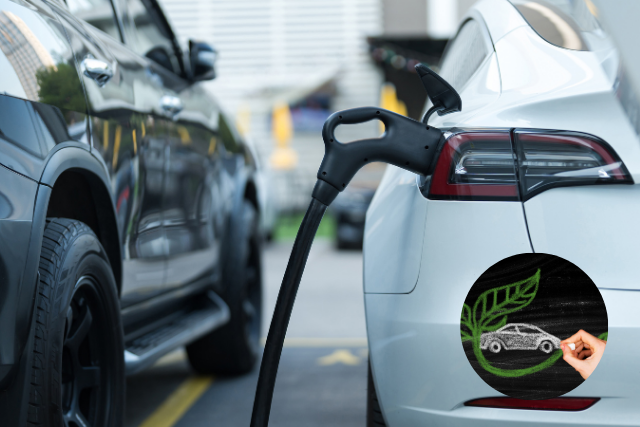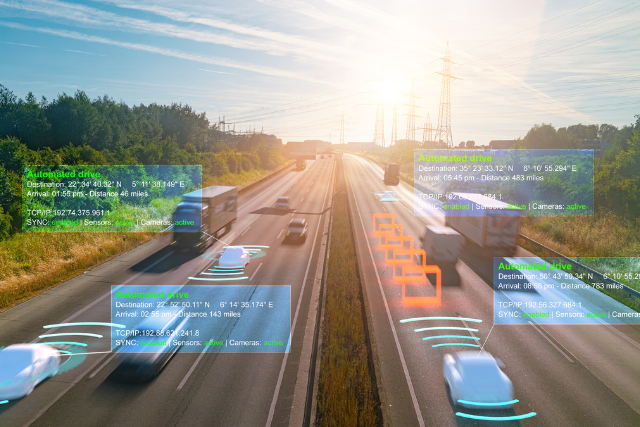Vehicle safety has come a long way from the days of basic seat belts and airbags. Advances in technology have ushered in a new era of automotive safety characterized by sophisticated systems that predict and prevent accidents.
As the automotive industry continues to evolve, so too do the strategies and policies that govern it. Policymakers and industry experts play a crucial role in shaping the future of vehicle safety.
Policymakers set the regulatory framework that ensures vehicle safety standards are met. Industry experts, including automakers and technology developers, innovate and implement these safety features. Together, they create a synergy that drives the advancement of vehicle safety technologies.
In this article, we explore the future trends in vehicle safety and gain insights from both policymakers and industry experts.
The Current Landscape of Vehicle Safety
Advanced Driver Assistance Systems (ADAS)
What Is ADAS?
ADAS includes adaptive cruise control, lane departure warning, and automatic emergency braking. These systems use sensors, cameras, and data processing units to assist drivers and enhance vehicle safety.
Adoption and Impact
ADAS technologies are becoming standard in many new vehicles. Their widespread adoption has significantly reduced the number of accidents caused by human error, paving the way for future advancements in vehicle safety.
Autonomous Vehicles
The Rise of Autonomous Technology
Autonomous vehicles (AVs) are at the forefront of vehicle safety innovation. These self-driving cars promise to eliminate human error by relying on advanced algorithms and real-time data processing.
Challenges and Opportunities
While the technology holds great promise, it also presents challenges such as regulatory hurdles, infrastructure readiness, and cybersecurity concerns. Policymakers and industry experts must collaborate to address these issues and ensure the safe deployment of AVs.
Insights from Policymakers
Regulatory Frameworks
Setting Safety Standards
Policymakers establish safety standards that vehicles must meet. These regulations ensure that new technologies, like ADAS and AVs, are safe for public use.
The European New Car Assessment Programme (Euro NCAP) and the National Highway Traffic Safety Administration (NHTSA) set stringent vehicle safety criteria.
Promoting Innovation
Regulations can also promote innovation by setting clear guidelines for emerging technologies. For example, the U.S. Department of Transportation has issued guidelines for testing and deploying AVs, encouraging innovation while ensuring safety.
Financial Incentives
Encouraging Adoption
Governments can offer financial incentives to manufacturers and consumers to encourage the adoption of advanced safety technologies. Tax credits, grants, and subsidies can reduce the cost of developing and purchasing vehicles with cutting-edge safety features.
Case Studies
Countries like Japan and the United States have implemented financial incentives to promote electric vehicles (EVs) and ADAS-equipped cars. These incentives have been successful in increasing the adoption rates of these technologies.
Public Awareness Campaigns
Educating the Public
Public awareness campaigns are essential for educating drivers about the benefits and proper use of new safety technologies. Policymakers can collaborate with industry experts to launch campaigns highlighting the importance of vehicle safety features.
Examples of Successful Campaigns
Campaigns such as the NHTSA’s “Click It or Ticket” and the UK’s “Think!” have been instrumental in changing driver behaviour and improving road safety. Similar efforts can be directed towards educating the public about ADAS and AVs.
Insights from Industry Experts
Technological Advancements
AI and Machine Learning
Artificial intelligence (AI) and machine learning are at the heart of modern vehicle safety systems. These technologies enable real-time data analysis and decision-making, which are critical for the functionality of ADAS and AVs.
Sensor and Camera Technologies
Advanced sensors and cameras provide the necessary input for safety systems to function. Innovations in these areas lead to more accurate and reliable ADAS and AVs. Industry experts are continually improving these technologies to enhance vehicle safety.
Collaboration and Partnerships
Public-Private Partnerships
Collaboration between the public and private sectors is essential for advancing vehicle safety. Public-private partnerships can facilitate developing and deploying new technologies by combining resources and expertise.
Industry Consortia
Industry consortia, such as the Partnership for Automated Vehicle Education (PAVE), bring together stakeholders from various sectors to promote AVs’ safe and effective deployment. These groups work on standardizing technologies and sharing best practices.
Future Innovations
Vehicle-to-Everything (V2X) Communication
V2X communication enables vehicles to communicate with each other and infrastructure, enhancing situational awareness and preventing accidents. This technology is expected to play a significant role in the future of vehicle safety.
Enhanced Human-Machine Interfaces (HMIs)
Developing intuitive and user-friendly HMIs is crucial for effectively using advanced safety technologies. Industry experts are working on HMIs that provide clear and timely information to drivers, improving their ability to respond to potential hazards.
Future Trends in Vehicle Safety
Increased Automation
The Road to Full Autonomy
The journey towards fully autonomous vehicles is underway, with incremental advancements in automation. Levels of automation range from driver assistance to full autonomy, with each level offering increased safety benefits.
The Role of Policymakers
Policymakers must create a regulatory environment that supports the safe testing and deployment of autonomous vehicles. This includes establishing safety standards, data-sharing protocols, and cybersecurity measures.
Connectivity and Smart Infrastructure
Connected Vehicles
Connected vehicles use V2X communication to exchange information with other vehicles and infrastructure. This connectivity enhances safety by providing real-time data on road conditions, traffic, and potential hazards.
Smart Infrastructure
Investments in smart infrastructure, such as intelligent traffic signals and connected roadways, are essential for supporting connected and autonomous vehicles. Policymakers must prioritize these investments to enable the widespread adoption of these technologies.
Sustainability and Safety
Electric Vehicles (EVs) and Safety
The shift towards electric vehicles (EVs) presents new opportunities and challenges for vehicle safety. EVs often have advanced safety features, but their unique characteristics, such as battery placement, require specific safety considerations.
Government Policies for Sustainable Transportation
Policymakers are promoting sustainable transportation through incentives for EVs and investments in charging infrastructure. These policies reduce emissions and support the integration of advanced safety technologies in EVs.
Data Privacy and Cybersecurity
Protecting Data
As vehicles become more connected, protecting the data they generate is paramount. Data privacy and security is critical for maintaining public trust and preventing unauthorized access to vehicle systems.
Regulatory Measures
Policymakers must establish regulations that address data privacy and cybersecurity in connected and autonomous vehicles. These measures should include data collection, storage, and sharing guidelines and protocols for responding to cyber threats.
Conclusion
The Synergy Between Policymakers and Industry Experts
The future of vehicle safety lies in the collaboration between policymakers and industry experts. Together, they can create a regulatory environment that promotes innovation while ensuring safety. This synergy is essential for advancing vehicle safety technologies and achieving the goal of safer roads.
Looking Ahead
As we look to the future, the continued evolution of vehicle safety will depend on technological advancements, supportive policies, and public awareness. We can pave the way for a safer and more connected transportation system by addressing current challenges and embracing new opportunities.
Vehicle safety is not just about preventing accidents; it’s about creating a holistic approach to transportation that considers the well-being of all road users. With the combined efforts of policymakers, industry experts, and the public, the future of vehicle safety is bright.


